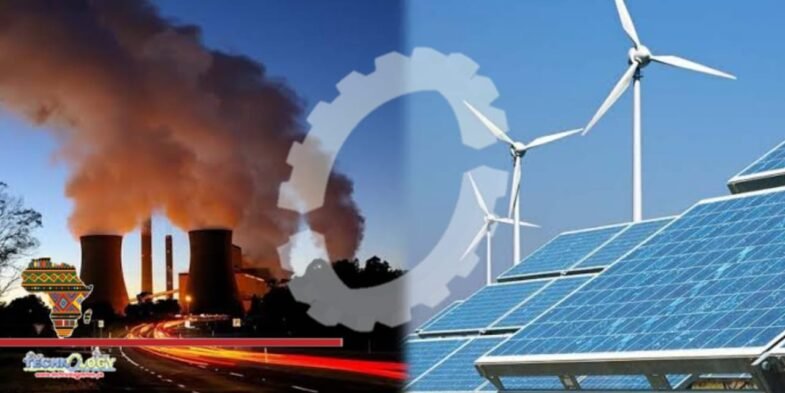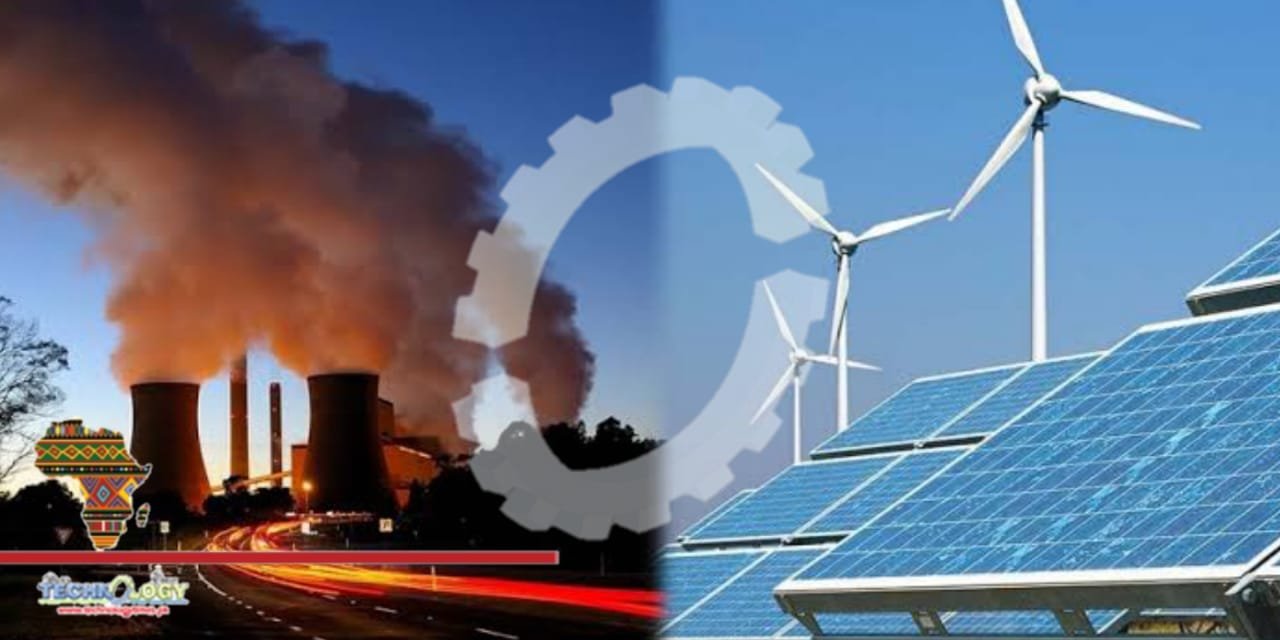Africa’s Not a Country is the title of a new book seeking to correct foreigners’ views of the continent. Its author wants her international readers to see Africa just as its own peoples see it: huge, varied and facing many different circumstances.

Anyone who works in the African energy sector knows this already. There are vast differences between the markets in Egypt and Equatorial Guinea or between Senegal and South Africa. There is no one-size-fits-all solution to the continent’s yawning electricity gaps.
Africa as a whole generates about 600 kilowatt-hours (kWh) of electricity per person per year, according to the United States’ Energy Information Administration. But this number is almost meaningless since it erases the differences between South Africa, where output is over 3,500 kWh/person, and Chad, where the figure is a mere 13 kWh/person.
The continental average is only useful as indicating the scale of the challenge: telling us that, overall, Africa’s electricity generation per head is just 10% of the global average.
The way that that electricity is generated also varies hugely from country to country. South Africa not only generates the most power per capita, it is also the African country that relies most on coal to do so. In fact, 86% of the entire continent’s coal-fired generation capacity can be found in South Africa.
It is a regional thing: most of the continent’s other coal-fired plants are located in South Africa’s neighbours: Namibia, Botswana and Zimbabwe. Only five other African states burn coal for power: Morocco, Madagascar, Mauritius, Zambia and Senegal.
There is no shortage of coal deposits in these countries and some of their governments once held great hopes of turning these reserves into electrical power. According to the Global Coal Plant Tracker, a project run by the San Francisco-based NGO Global Energy Monitor, 22 coal-based power projects are currently under consideration across the continent.
This does not, however, mean that all 22 will be built. A more detailed examination of the data shows that few, if any, of these plans will come to fruition. Most have failed to obtain funding; most of those that had funding agreed have been delayed while others are still on the drawing board.
Of the few actually making progress, two are Chinese-backed projects in Zimbabwe and the third is in South Africa. Even the future of these plants is unclear. Although the generating plants in Zimbabwe are largely complete, there has been strong opposition to the associated coal mining plans. The Kusile project in South Africa has been delayed and mired in allegations of corruption.
At the 2021 United Nations Climate Change Conference (Cop26) in Glasgow last November, both Morocco – the second-largest consumer of coal in Africa – and Egypt – which had been planning several major investments in coal-fired power stations, signed up to the Powering Past Coal alliance, the group of countries committed to a complete phasing out of coal by 2050.
The overall situation has led the US-based monitoring organisation Global Energy Hub to conclude that “the future of coal in Africa’s is dead”.
The main reason for the demise of coal is the refusal of the big lending institutions to provide further funding for overseas fossil fuel projects. The latest such commitment was announced at Cop26 in November.
Six members of the G7 group of advanced economies (Japan was the exception) plus 28 others from around the world together with five development banks declared they would “end new direct public support for the international unabated fossil fuel energy sector by the end of 2022, except in limited and clearly defined circumstances that are consistent with a 1.5°C warming limit and the goals of the Paris Agreement”.
While they left themselves some “wiggle room”, the direction of travel is clear.
Even China, which is by far the largest public financier of coal-fired power plants around the world, has pledged to “completely stop the construction of new overseas Africa’s coal power projects”.
Although private sector funders, particularly in the United States and Japan, provide the bulk of funding to coal-fired electricity plants around the world, very little of this financing is deployed in Africa.
There is an assumption embedded in statements such as those made at Cop26 that the future sources of African countries’ electricity supplies must be renewable. The 39 signatories of the November statement declared that “We will prioritise our support fully towards the clean energy transition”.
As the world prepares for Cop27, to be held in the Egyptian resort of Sharm el-Sheikh in November, African states will be looking for evidence of real support for clean energy in Africa.
Prospects for solar and wind energy in African countries look very good, at least on paper. A 2020 survey by the International Finance Corporation estimated a total wind potential on the African continent of over 59,000 GW, enough to meet its entire energy demand. But according to PWC’s Africa Energy Review 2021, currently installed capacity amounts to just 0.01% of this figure.
Ouarzazate Africa’s Solar Power Station
Ouarzazate Solar Power Station, also called Noor Power Station is a solar power complex located in the Drâa-Tafilalet region in Morocco, 10 kilometres from Ouarzazate town, in Ghessat rural council area. (Photo: Overflightstock / Adobe Stock)
It is the same story with solar. A 2014 study by the International Renewable Energy Agency (IRENA) estimated the continent’s solar PV potential at over 650,000 tWh per year.
Yet, the African Solar Industry Association calculates that by the end of 2021, only 8.7 GWp had been installed across the continent. It also found that African countries accounted for just 0.5% of the total solar capacity installed around the world during 2021.
Wind and solar are not the only options for renewables. Hydro-electric power has long been a part of the energy mix for several African countries. Over 80% of the electricity generated in the Democratic Republic of Congo, Ethiopia, Malawi, Mozambique, Uganda, and Zambia comes from hydropower, for example.
However, the potential for future hydropower development is limited by concerns about the environmental and social impacts of very large dams and concerns that climate change may affect future water supplies.
Another emerging option for some countries is geothermal energy, particularly for countries in the tectonically active East African Rift System (EARS). Kenya is the outstanding example, generating 44% of its electricity from geothermal sources, along with a further 36% from hydropower.
So far, however, only Ethiopia has followed in Kenya’s footsteps. A 2020 report from IRENA noted the further developments were being hampered by limited awareness of the technology, poor regulatory regimes and limited financing.
Source: African business
